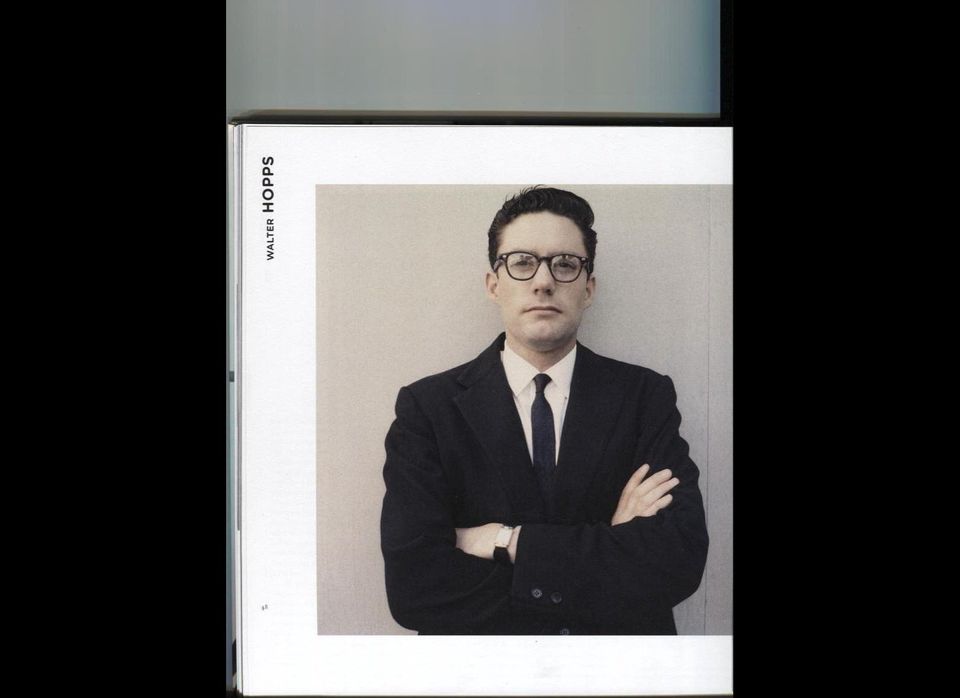During the '60s in Southern California, two major events were occurring: The Military-Industrial complex was innovating aerospace and telecommunication technologies and a small but potent fine art movement was blooming in the city of Los Angeles. In her new book, Rebels in Paradise, author Hunter Drohojowska-Philp details the significant events and larger-than-life characters of this wild and wooly art world.
This highly entertaining book begins with a thorough 14-year timeline. Small personal moments are identified alongside local events, such as the Bel Air fire and the Watts Riots, with the notation of social and cultural hallmarks like the birth of The Pill and architectural innovation. Drohojowska-Philp [pronounced Dro-ho-YOW-Ska Filp] then fills in the details with sure and clean words. Thankfully Rebels in Paradise is not academic. The book reads like fiction, as conversant as gossip over a beer at Barney's Beanery, at one time the artist's clubhouse and watering hole.
The rebel leaders in this sunny SoCal paradise are a cast of characters. Their strong personalities move the many plots. UCLA academic Henry Hopkins identifies the nascent movement while the Christ-like Walter Hopps imagines the possibilities. Ferus Gallery entrepreneur Irving Blum brilliantly motivates and manipulates with high style. And inspiring all, emperor Marcel Duchamp gestures a thumbs-up of approval and credibility.
Drohojowska-Philp takes time to explain the philosophical differences between the emotionally wrought New York mindset and the wide-open freedoms of the Los Angeles canvas. Why weep when you can surf? Why paint when you can build? At this time, new industrial finishes, resins and molding processes appeared on the market. The artists quickly embraced them. Working in a frame shop, Larry Bell plays with glass and mirror. Peter Voulkos and Ken Price manipulate clay in shocking new ways. Many discover space, light and ocular perception as tangible tools of the artist.
Rebels in Paradise offers a thorough map of the era. The author focuses on the gallery scene of the day, the female artist in a macho world, and the slow growth and evolution of a Los Angeles art establishment.
Drohojowska-Philp passionately loves these artists. This merry band of beats, braggarts and fun lovin' visionaries define that era. Every one of them was a showman with style. From Larry Bell's striped pants to Ed Kienholz's devilishly combed eyebrows, they created a scene. Knowing these artists as contemporaries, the author serves up a delicious living past. We see how the force of Billy Al Bengston's personality led to his fall from grace. We get to know Okie Ed Ruscha, the gentle soul unaware of the halo floating above his head, as he dances down the street like a dingledodie. Most revelatory, we learn about Ed Moses. Today, we know the painter as our LA Lion in Winter. Back in the day, we discover the cub had some very impressive names in his little Black Book. Hunter Drohojowska-Philp has given us a wonderful primer and a great read about the Rebels in Paradise.
GORDY GRUNDY is a Los Angeles-based artist and writer. His visual and literary work can be found near www.GordyGrundy.com
Photographs courtesy of Drohojowska-Philp.
This review was first published in Artillery magazine. Click Here to go the art site.

